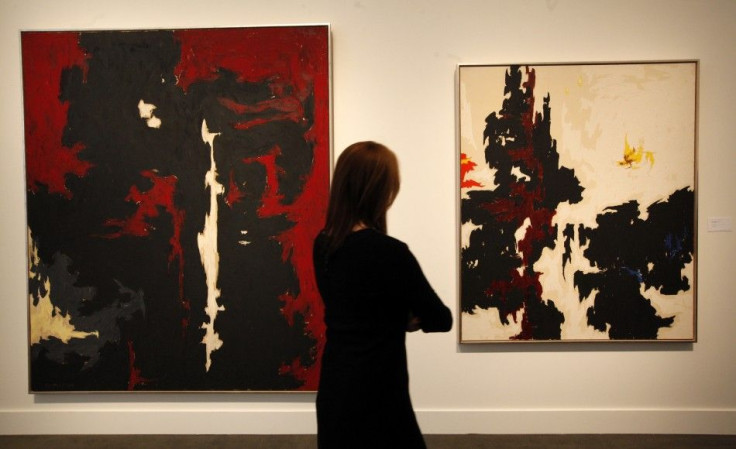Wealthy Investors Turn to Contemporary Art for Financial Refuge

Investors from across the globe have turned their focus on to the art market to seek refuge from the ongoing financial turmoil by placing their money into art instead of stocks.
There has been a strong surge in demand for masterpieces in the contemporary art market, in particular for works of modern artists like Gerhard Richter and Clyfford Still.
Though the market is still struggling to emerge from the 2007 astronomical high sale in the contemporary art section which was valued at $2.4 billion during that time, recent reports by major auction houses like Christie's and Sotheby's have indicated that the current year sales in the contemporary section has been quite high as well.
Particular interest has been seen for the works of the German visual artist, Gerhard Richter, who is known for his abstract and photorealistic painted works.
A 1997 creation by the artist from his Abstraktes Bild series sold for a record value of $20.8 million to luxury tycoon and LVMH chairman Bernard Arnault in October 2011.
This was closely followed by artworks of famous abstract expressionist Clyfford Still which reportedly fetched a record $61.7 million in November 2011.
The surge in sales can be witnessed in the total sales value provided by both Christie's and Sotheby's which showed an increase from $1.2 billion last year to a current $1.7 billion.
The demand for contemporary artworks doesn't stop with renowned luxury connoisseurs; it extends to new buyers too.
The art market is a place for new people these days, Christophe Van de Weghe, a New York-based dealer, said in an interview to Bloomberg.
There are Americans nobody has seen before who are excited by this world and who want an alternative to shares. And then there are buyers coming in from places like India and China. The collectors who bought 15 years ago aren't prepared to pay today's higher prices.
Increased interest is especially seen for classic contemporary works from long-established collections.
© Copyright IBTimes 2024. All rights reserved.





















